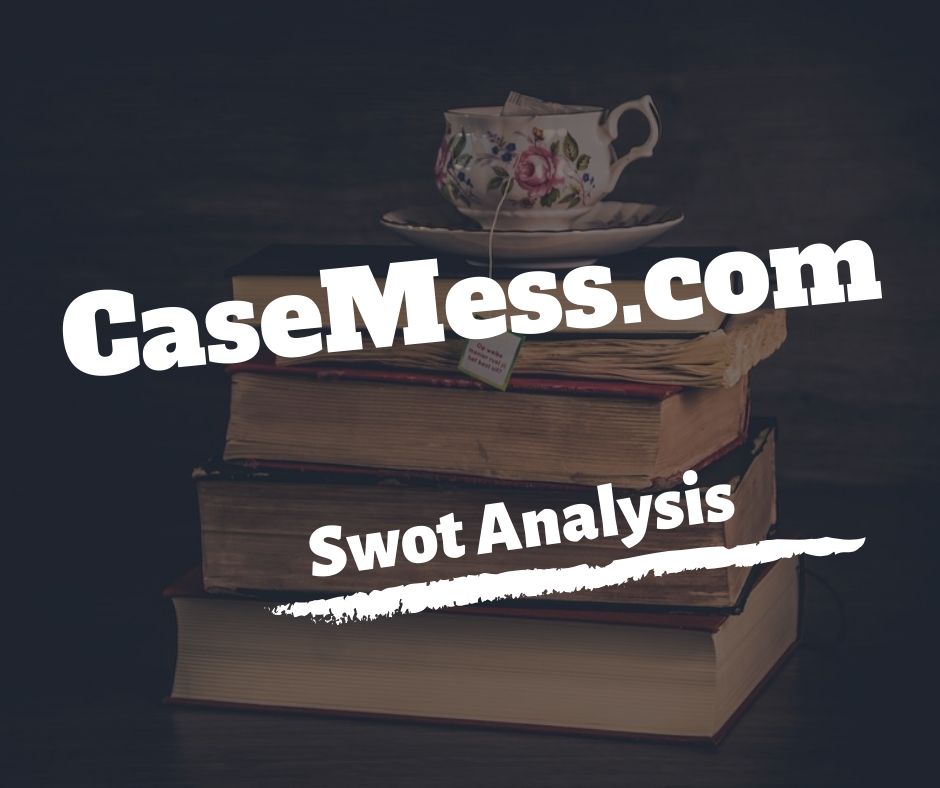Swot Analysis of Institutional Economics The Dutch East India Company Case Study Help
Home >> Kelloggs >> Institutional Economics The Dutch East India Company >> Swot Analysis
Swot Analysis of Institutional Economics The Dutch East India Company Case Analysis
Strengths
More powerful intake capability: The gross national income (GNI) increased to 55790 in 2010 from 32780 in 2001. The GDP likewise increased from $91148 in 2001 to $208765 in 2010. The GDP growth rate is 14.5%.
 Pleasant organisation environment: Institutional Economics The Dutch East India Company Case Swot Analysis has a high income category and ranks in all elements of company.
Pleasant organisation environment: Institutional Economics The Dutch East India Company Case Swot Analysis has a high income category and ranks in all elements of company.
Easy to start company: Laws are unwinded for starting brand-new organisation.
Low terrorism and political violence: Institutional Economics The Dutch East India Company Case Swot Analysis has a tranquil political environment that probably attracts investors.
Weaknesses
Near BRIC countries: Buyers are influenced by others countries like India and China.
Island size: Service development is limited due to the fact that of the restricted size of island.
Worldwide orientation: Institutional Economics The Dutch East India Company Case Swot Analysis generally depends on trade. If any huge ecological change occurs, development will be subjected.
Government involvement: Federal government intervention may restrict new entrepreneurs to establish their companies.
Opportunities
 Land might increase: Institutional Economics The Dutch East India Company Case Swot Analysis can have its land increased if the dispute with Malaysia is resolved.
Land might increase: Institutional Economics The Dutch East India Company Case Swot Analysis can have its land increased if the dispute with Malaysia is resolved.
Emerging markets: Business can be expanded in the land by generating ingenious ideas and items
Tourist country: Through making sufficient financial investments in the tourist sector, more inflow of profits can be generated as more and more travelers will be going to the country.
Threats
Insufficient supply chain: Institutional Economics The Dutch East India Company Case Swot Analysis's production mainly depends on basic material that are imported from other nations. This make them depending on importation.
Increasing sea level: Sometimes of flood, the whole island might die
Multi lingual country: Institutional Economics The Dutch East India Company Case Swot Analysis has 3 languages utilized together at the very same time. This can trigger problems to particular ethnic groups.
Growth Strategies
The government needs to promote start-up businesses and help them preserve their operations by supplying them guidance. In addition, regulations connected to entrepreneurship needs to be streamlined so start-ups owners are motivated to correctly develop their organisations. Modularized training classes need to be made mandatory on grownups so they can get ingenious abilities under different credentials frameworks.
The working needs to be done on tariff rates to motivate import export from the residents. The tertiary sector of Institutional Economics The Dutch East India Company Case Swot Analysis likewise needs to connect up with overseas partners for additional innovation of the hub and local market
Institutional Economics The Dutch East India Company Case Swot Analysis is a hub of Southeast Asian areas; it needs to build a structure to more establish the infrastructure. Changi airport can be expanded with a 5th terminal. Cargo port can be built in Tuas along with speed rail line in Kuala lumpur. An underground city infrastructure can likewise be established.
These infrastructural advancements will lead a road towards faster financial growth and will bring in more international companies to setup. Strong infrastructure not only provide the facility to operate in however likewise creates task opportunities.
Focus shall be made on developing strategies that help establish new technologies for the business. Tasks of data science and information collection should be promoted. It is significantly important to keep in touch with the innovation and establish all the business associated work on digital platforms.
Incentives should be offered by the government, to promote start-up growth. Research study and advancement plans need to be established for the start-ups to enhance their present operations. Workshops and trainings should be offered so startup owners can have a roadmap to follow.
